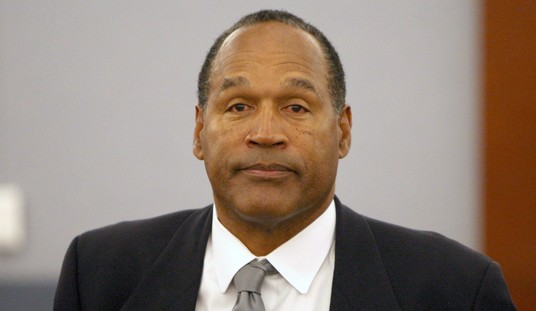You know the expression “The numbers don’t lie”? Well, after you spend a few minutes perusing The Heritage Foundation’s new “2008 Federal Revenue and Spending Book of Charts,” you may wish they did.
Ever wonder where your tax money goes? How much the “richest 1 percent” shells out in taxes? How bad congressional pork-barrel spending is? What it will take to pay Social Security and Medicare benefits to the baby boomers? How high the federal budget deficit is set to climb in the decades ahead?
The pathetic truth is boldly presented in Heritage’s Book of Charts, along with the answers to many other questions. Our analysts used official calculations from the federal government’s own budget, the Congressional Budget Office, and the Census Bureau, as well as information from watchdog groups such as Citizens Against Government Waste, to outline what can only be described as a slow-motion fiscal train wreck.
Let’s start with something that all of us -- rich, poor and in between -- can relate to: how much we pay per household in taxes.
In 1965, the tax bill (inflation-adjusted to 2007 dollars) was $10,800. By the early 1990s, it had risen to $15,801. By 2000, the total had spiked to $23,151 in taxes per household. It’s a tad lower now ($22,100), but the amount each household pays is still more than twice what it was 40 years ago. Remember that the next time you hear some politician claim we have to raise taxes!
That’s not the only counterintuitive point you find in Heritage’s chart book. Take how much high-income households pay in taxes. Is the top 1 percent paying a larger or smaller share of taxes today than in 1983? How about the bottom 20 percent -- larger or smaller?
Recommended
If you listen to some politicians, you probably think the tax burden got lighter for the rich and heavier for the poor. But that’s not at all what the Congressional Budget Office numbers show. The top 1 percent of earners went from paying 27.7 percent of the tax burden to 31.2 percent -- an increase of 12.6 percent. The bottom 20 percent, meanwhile, saw its share of the tax burden go from 9.1 percent to 4.3 percent. That’s right: It was actually cut in half, and then some. Try finding that out by reading The New York Times or watching CBS News.
How about defense spending? With the War on Terrorism in full swing, many people assume we’re paying out quite a bit these days.
In fact, defense spending -- even with war costs factored in -- is well below the historical average. Today we’re spending less than 4 percent of gross domestic product (GDP) on defense. That’s only 1 percentage point higher than we were spending at the time of the Sept. 11 attacks. And it’s still below the 6.2 percent of GDP we were shelling out for defense during the waning years of the Cold War in the 1980s -- and significantly less than the 9.5 percent we spent in the late 1960s, at the height of the Vietnam War.
I’ll finish with one more gruesome example from the Heritage charts. It’s a media favorite: pork-barrel spending, or budget “earmarks.”
As you probably know, this practice of funding pet projects went up significantly over the last decade or so. Heritage’s chart book shows that the number of earmarks rose pretty steadily from 546 in 1991 to a high of 13,997 in 2005. Eventually, though, the practice became better known, thanks to Alaska’s “Bridge to Nowhere” and other infamous examples. Under public pressure, the number of earmarks dropped to 9,963 in 2006 and to 2,658 in 2007.
Case closed? Hardly. The number of earmarks in Fiscal Year 2008: 11,737. Looks as if the new congressional leadership has really learned its lesson, huh? Makes you long for the days of a president like Ronald Reagan, who vetoed the 1987 transportation bill because it contained a whopping 152 earmarks.
No doubt about it: The Heritage Foundation’s “2008 Federal Revenue and Spending Book of Charts” paints a grim picture. But it’s a necessary one. In a series of downloadable, easy-to-read charts, it shows how our tax money is being managed -- or should I say mismanaged? -- by our elected officials in Washington. If you want to ensure that you’re fully informed as you head to the polls this election year, there’s hardly a better way to … well, spend your time.
























Join the conversation as a VIP Member